The views expressed in our content reflect individual perspectives and do not represent the authoritative views of the Baha'i Faith.
As a white boy of 14, I started working for racial equality and justice in 1964, several years before I became a Baha’i. I’ve been marching ever since.
Just a naïve teenager with a burning passion for social change, I joined the NAACP and the Congress of Racial Equality, and went into the streets with those organizations to demand that the American government grant people of color their inalienable rights.
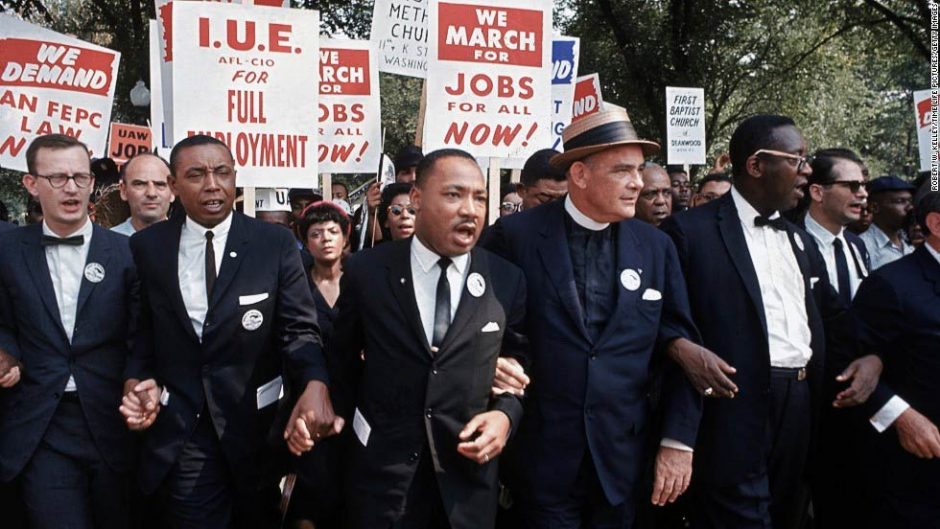
At my first CORE demonstration in front of the capitol in Phoenix, Arizona – the state my black fellow marchers, tongue-in-cheek, called “Alabama West” – I felt fearful of the incipient violence we all expected. As I stood there, the only white kid in the group, trembling inside, holding aloft a homemade sign that said “End Racial Discrimination!” I thought for sure that the verbal insults from people passing by would turn into physical attacks. On that day, luckily, they didn’t.
Since then, in the course of my commitment to anti-racist activities, I’ve marched many miles, picketed racist institutions, planned campus demonstrations, and helped lead boycott campaigns. I’ve actively opposed American racism in its many forms, and worked against other kinds of violent race-based oppression in places like apartheid South Africa. Frankly, it’s been hard, unrelenting and demanding voluntary work. While doing it I’ve been expelled from school, called every nasty name you can think of and some you probably can’t, arrested, thrown in jail, tear-gassed, shot at, beaten by a cop with a KKK pin blatantly displayed on his uniform, ostracized and scorned by some white people including a few of my own relatives, and spied on by the FBI. I’ve never broken the law or done anything violent, and consistent with the Baha’i principles, I’ve never engaged in partisan political battles.
But please don’t mistake my involvement in the movement for any kind of a personal accomplishment – I sure don’t. In fact, I often feel the weight of my generation’s failure to eradicate racism, and believe we all, including me, should have done more, much more. Despite our slow progress, though, I kept going because I’ve always had a sense of what real justice could potentially look like, a Baha’i-inspired vision of a world where the human family might actually start acting like one:
The age has dawned when human fellowship will become a reality. …
The cycle has arrived when racial prejudice will be abandoned by tribes and peoples of the world.
The epoch has begun wherein all native lands will be conjoined in one great human family.
For all mankind shall dwell in peace and security beneath the shelter of the great tabernacle of the one living God. – Abdu’l-Baha, The Promulgation of Universal Peace
During the civil rights era and into the modern one, I’ve marched shoulder-to-shoulder with people of all colors, classes, and ethnicities. The brave souls who led those marches, the people I learned from and the profound social change movement they supported, welcomed and encouraged me, a young white guy without the lived experience of racist hatred and violence so many of my fellow marchers endured every day. I owe them a great debt of gratitude.
“In my experience alliances can shift and change, but my heart’s commitment to the principle of human oneness never did and never will”
Although the term wasn’t invented yet, I never wanted to be anyone’s “ally,” and would’ve summarily rejected that label if I’d heard it then. Instead, I tried to become a co-worker, a close associate, a full participant in the struggle. I don’t see myself as some fair-weather friend of the people I work against racism with, a mere temporary ally connected by some common but transient purpose – instead, I loved the people I marched with, and I still do.
In my experience alliances can shift and change, but my heart’s commitment to the principle of human oneness never did and never will. In the movement for racial equality I got lucky – I became a compatriot, part of an extended family based on justice, a blood relative beyond the basic biological fact of skin color in the human reality that we all share.
The civil rights movement and its focus on justice, inclusion and the eradication of prejudice opened my eyes to America’s unfinished business, awakened my conscience, gave me a sense of hope for human unity, blessed me with deep friendships and led me to the Baha’i Faith. In fact, the first Baha’is I ever met had dedicated their lives to racial equality, too, so in them I recognized kindred spirits, just as I soon recognized the noble call for unity and justice in the Baha’i teachings themselves:
The tabernacle of unity hath been raised; regard ye not one another as strangers. Ye are the fruits of one tree, and the leaves of one branch. We cherish the hope that the light of justice may shine upon the world and sanctify it from tyranny. – Baha’u’llah, Tablets of Baha’u’llah
Consider the flowers of a garden: though differing in kind, colour, form and shape, yet, inasmuch as they are refreshed by the waters of one spring, revived by the breath of one wind, invigorated by the rays of one sun, this diversity increaseth their charm, and addeth unto their beauty. … the difference of customs, manners, habits, ideas, opinions and dispositions embellisheth the world of humanity. This diversity, this difference is like the naturally created dissimilarity and variety of the limbs and organs of the human body, for each one contributeth to the beauty, efficiency and perfection of the whole. When these different limbs and organs come under the influence of man’s sovereign soul, and the soul’s power pervadeth the limbs and members, veins and arteries of the body, then difference reinforceth harmony, diversity strengtheneth love, and multiplicity is the greatest factor for co-ordination. – Abdu’l-Baha, Selections from the Writings of Abdu’l-Baha
From my perspective, since the horrific deaths of Ahmaud Arbery, Breonna Taylor and George Floyd, I’ve seen something unusual and heartening happen around the world – those marching for justice look a lot like that garden Abdu’l-Baha described.
While the mass media have often featured acts of violence and conflict in their coverage of the marches, the vast majority of those marchers have conducted themselves peacefully and respectfully – and have done so in a profound spirit of unity:
Have you noticed? If not, ignore the sensationalistic TV footage and just carefully watch the unedited online videos posted by the marchers themselves. No matter what city or what country they depict, you’ll see something remarkable – people of every conceivable color and age and racial and ethnic background, a truly representative cross-section of humanity, all marching, yearning and working for the same thing.
This has not always been true. In the past, many marches and movements have looked much less diverse – but now, this mass outpouring of a desire for justice has turned their differences into a garden of humanity. It’s an absolutely astonishing, historic development, and many people have said so:
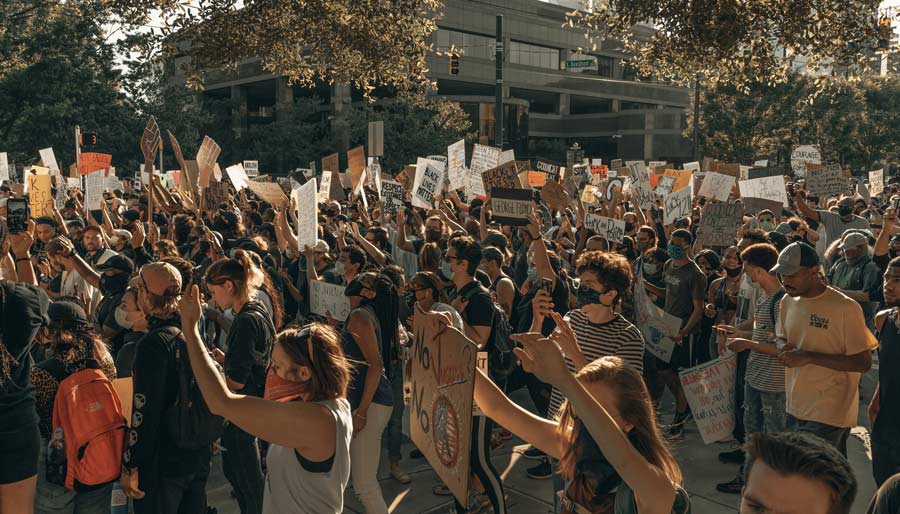
“I’ve been very encouraged by the diversity of the protesters. I haven’t seen this diverse protests since when I was a kid,” Spike Lee told the Associated Press, referencing the anti-war and civil rights movements of the 1960s. “I’m encouraged that my white sisters and brothers are out there.”
Several past American presidents have remarked on the multiracial composition of the marches, and many scholars of social change have echoed what Heather Ann Thompson, a professor of history and Afro-American and African Studies at the University of Michigan in Ann Arbor, recently said: “There’s a remarkable multiracial presence in the streets today marching for racial justice.”
Last night I heard one well-known TV news anchorwoman remark: “In these marches we’ve seen the inspiring actions of multiracial and multigenerational peaceful protesters showing their moral outrage against the brutality of a racist system.”
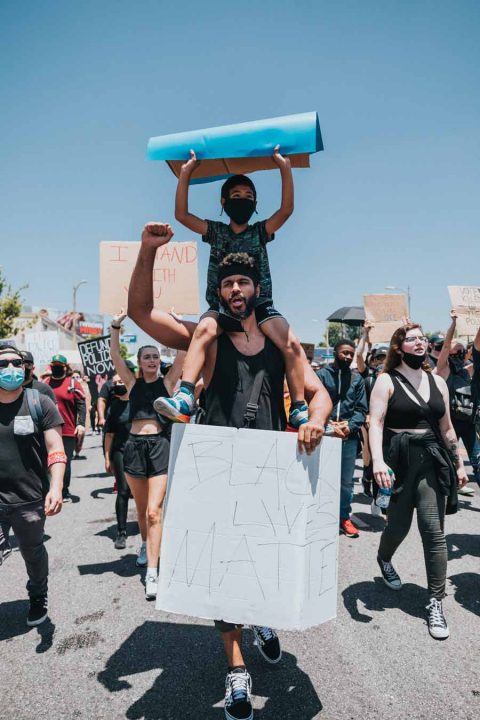
Like Spike Lee, I too haven’t seen diversity like this in a social justice movement for many years. It truly heartens me. Why? Because I’ve come to the conclusion, after almost 60 years of working for racial equality and justice, that building a fair, inclusive society cannot happen unless most of us really want it to happen.
No single minority racial group has ever fundamentally altered an oppressive racist system without help, just as women cannot realize true equality and the abolition of the patriarchy without the support of many men. No movement for social justice has ever achieved success without broad public approbation and the assent and unity of purpose that comes with it. Yes, social justice movements often start with a mere handful of forward-thinking activists – but they can only truly bear fruit and reach their goals when they’ve succeeded in enlisting the masses.
So if you want a tremendously positive take-away from the widespread and massive global demonstrations we’ve all witnessed, remember Abdu’l-Baha’s garden and try to see, in these outpourings of grief and pain and the long hard quest for justice, the glimmerings of the beautiful society of a unified human future.


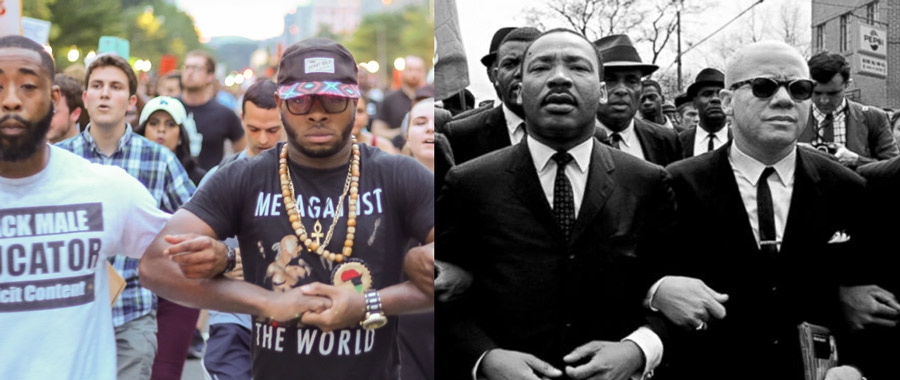

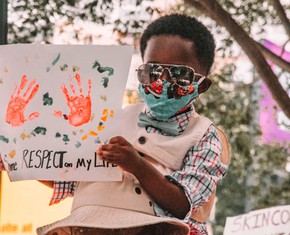

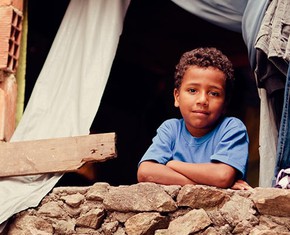





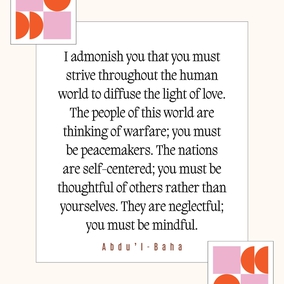
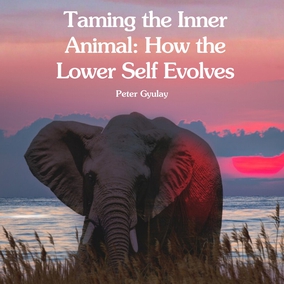


Comments
Sign in or create an account
Continue with Googleor